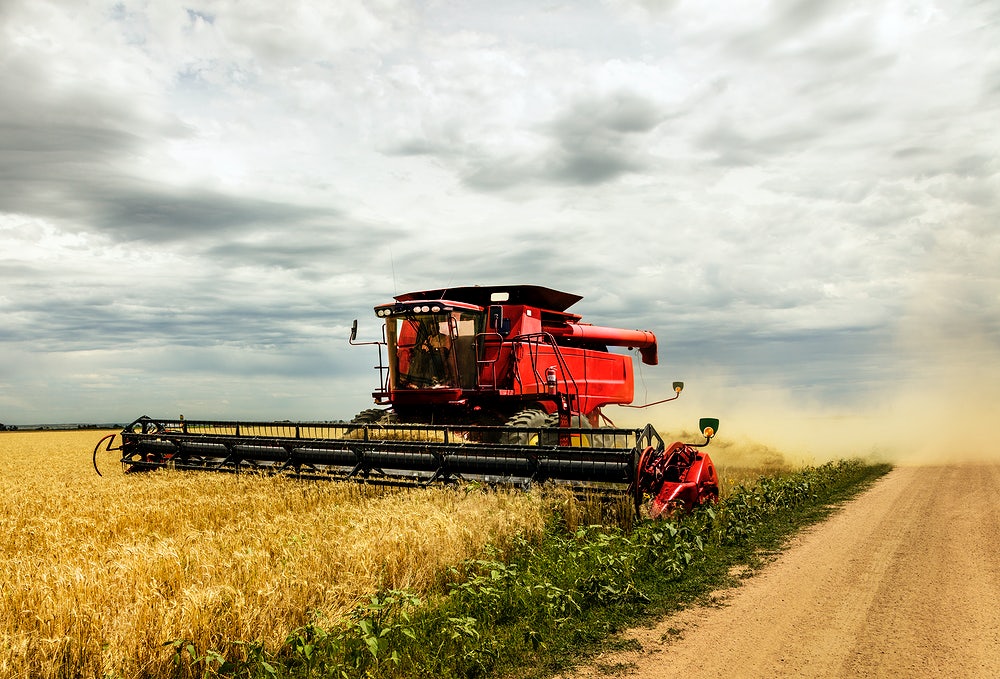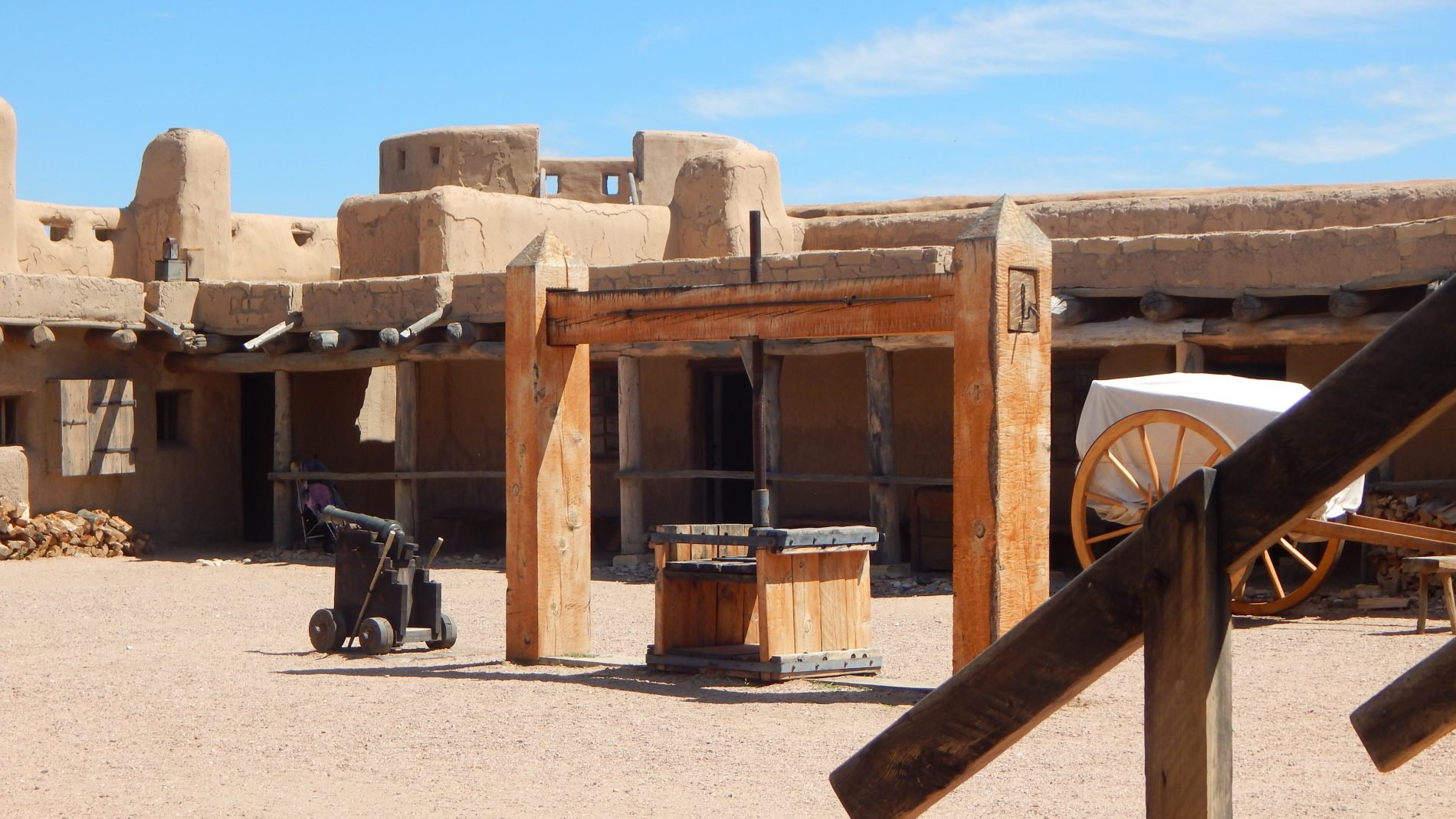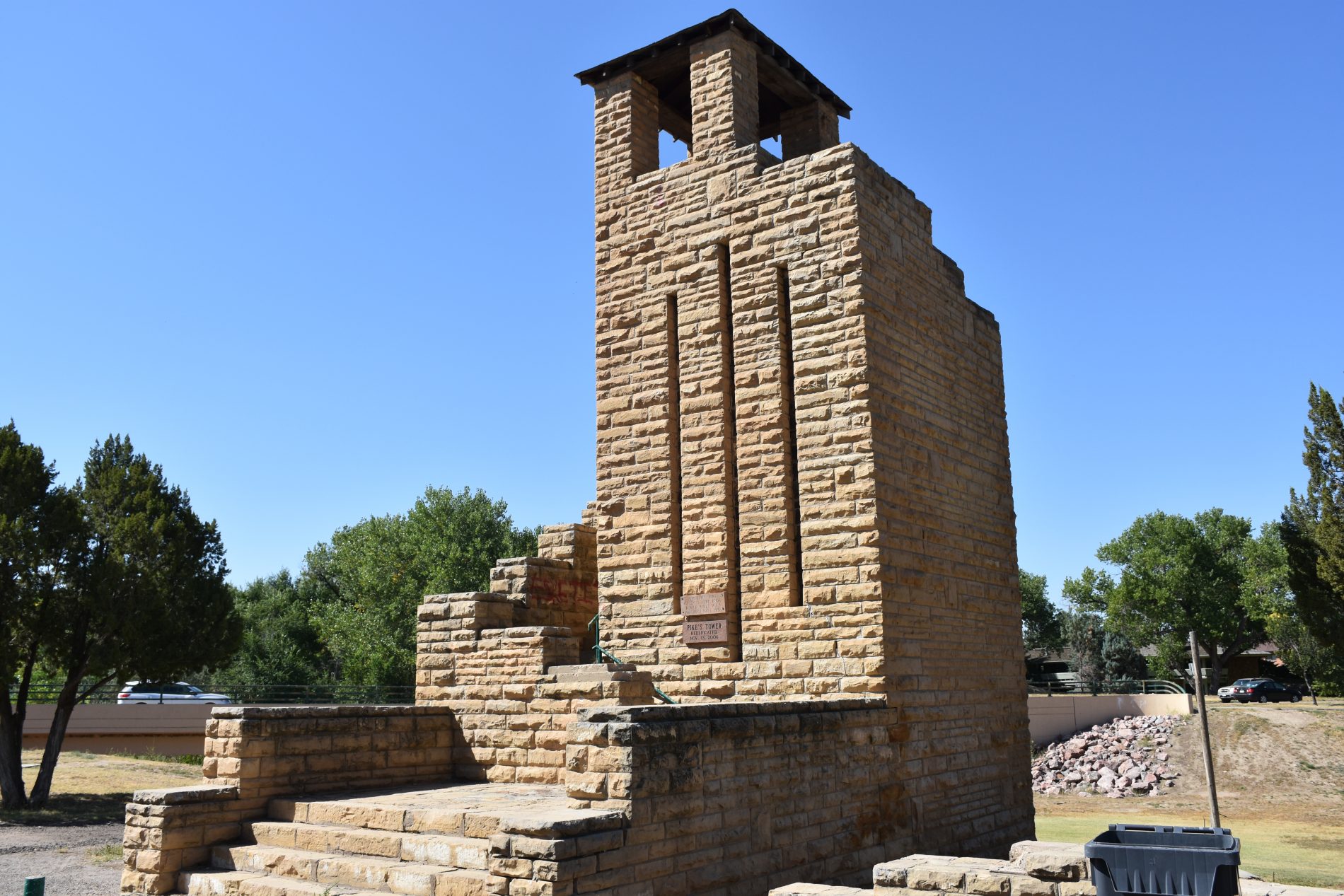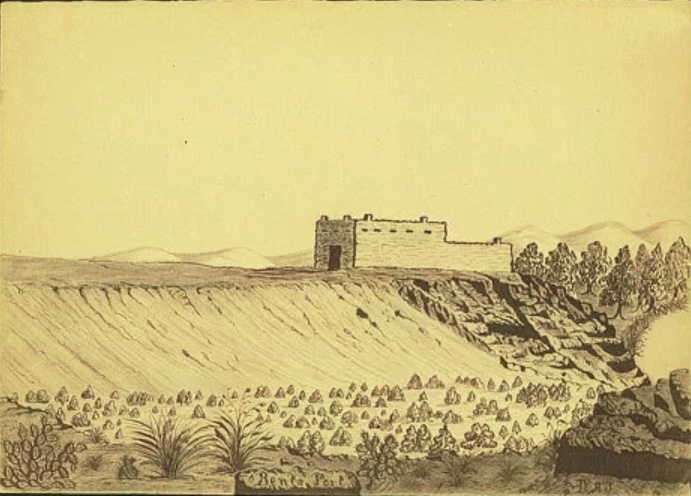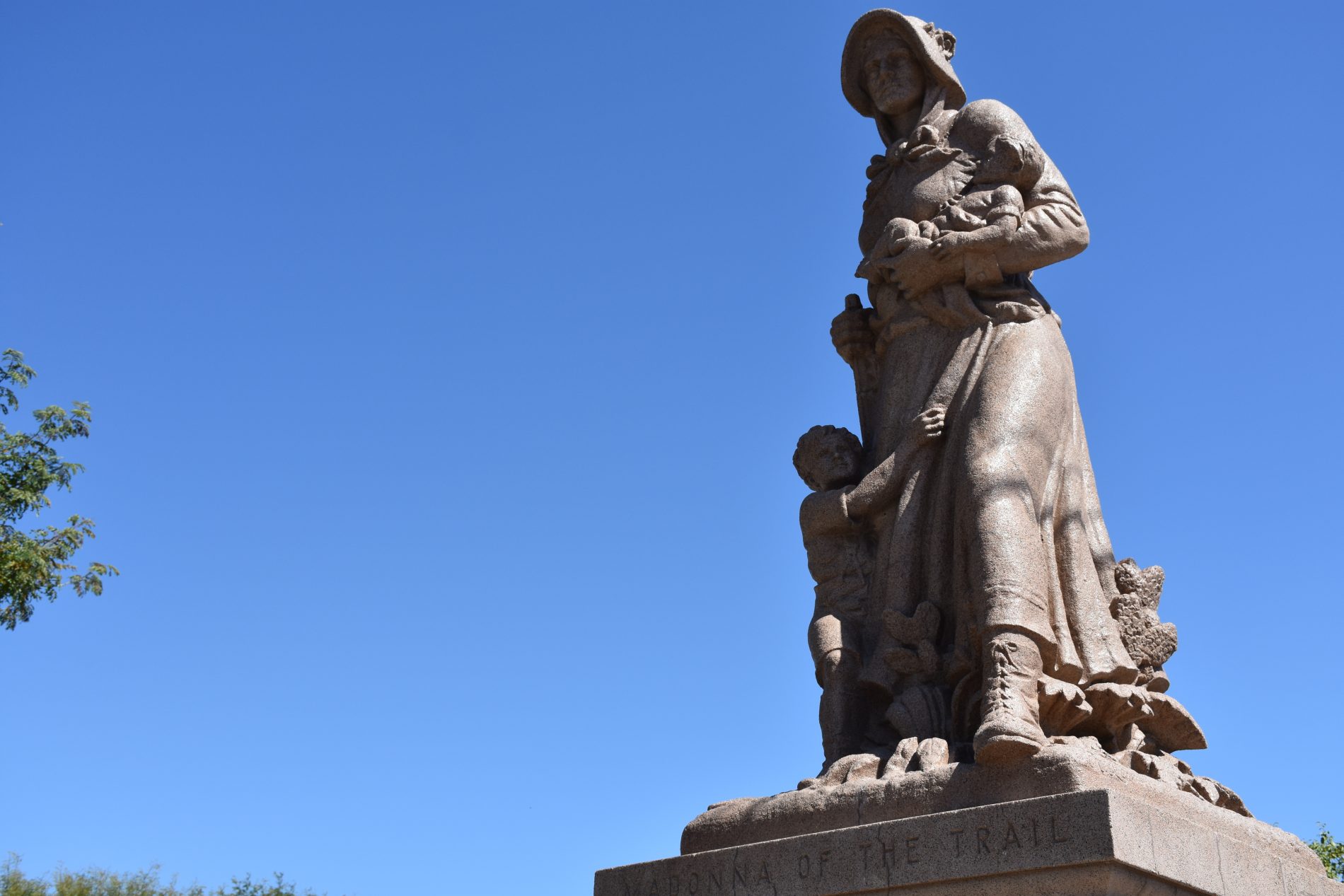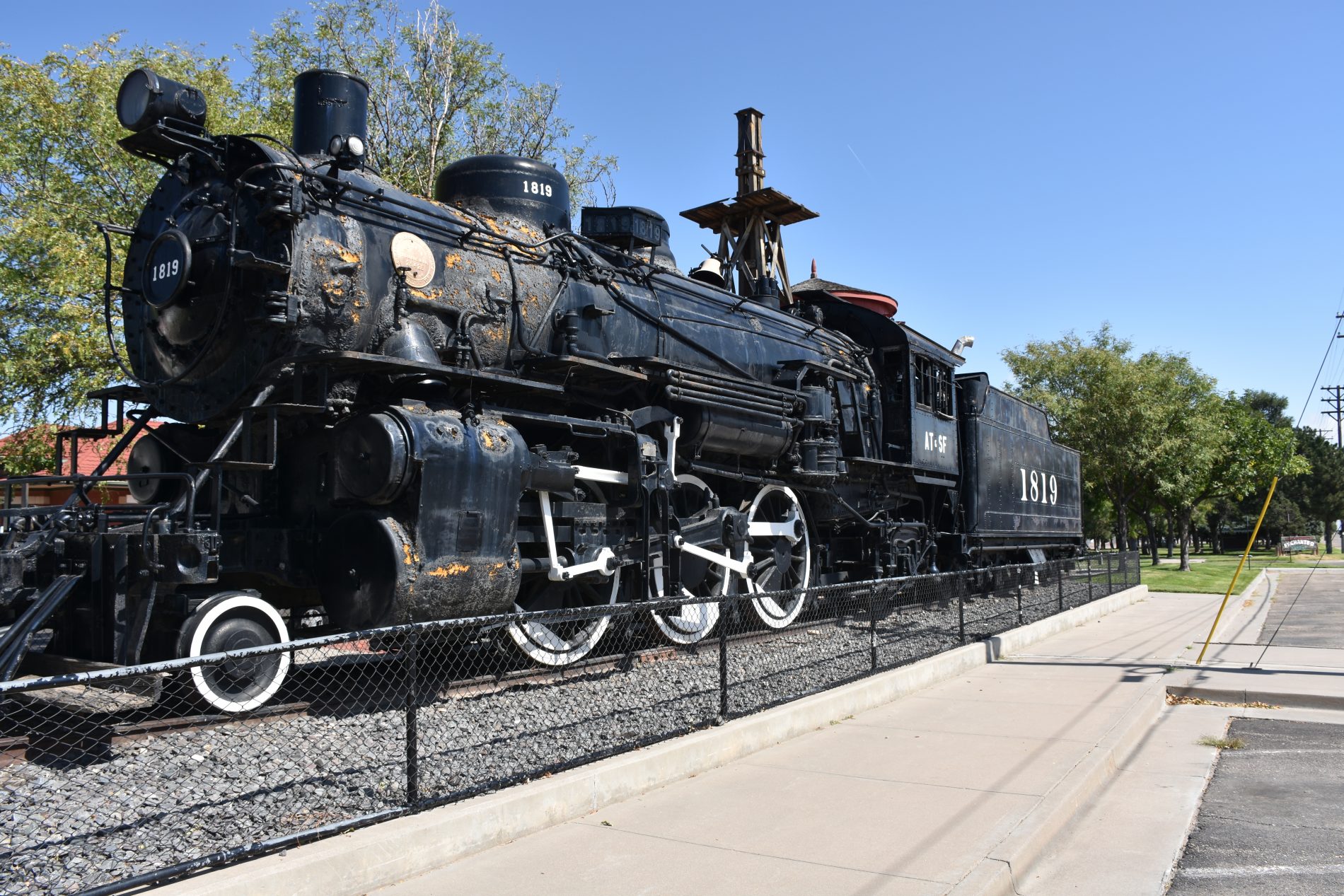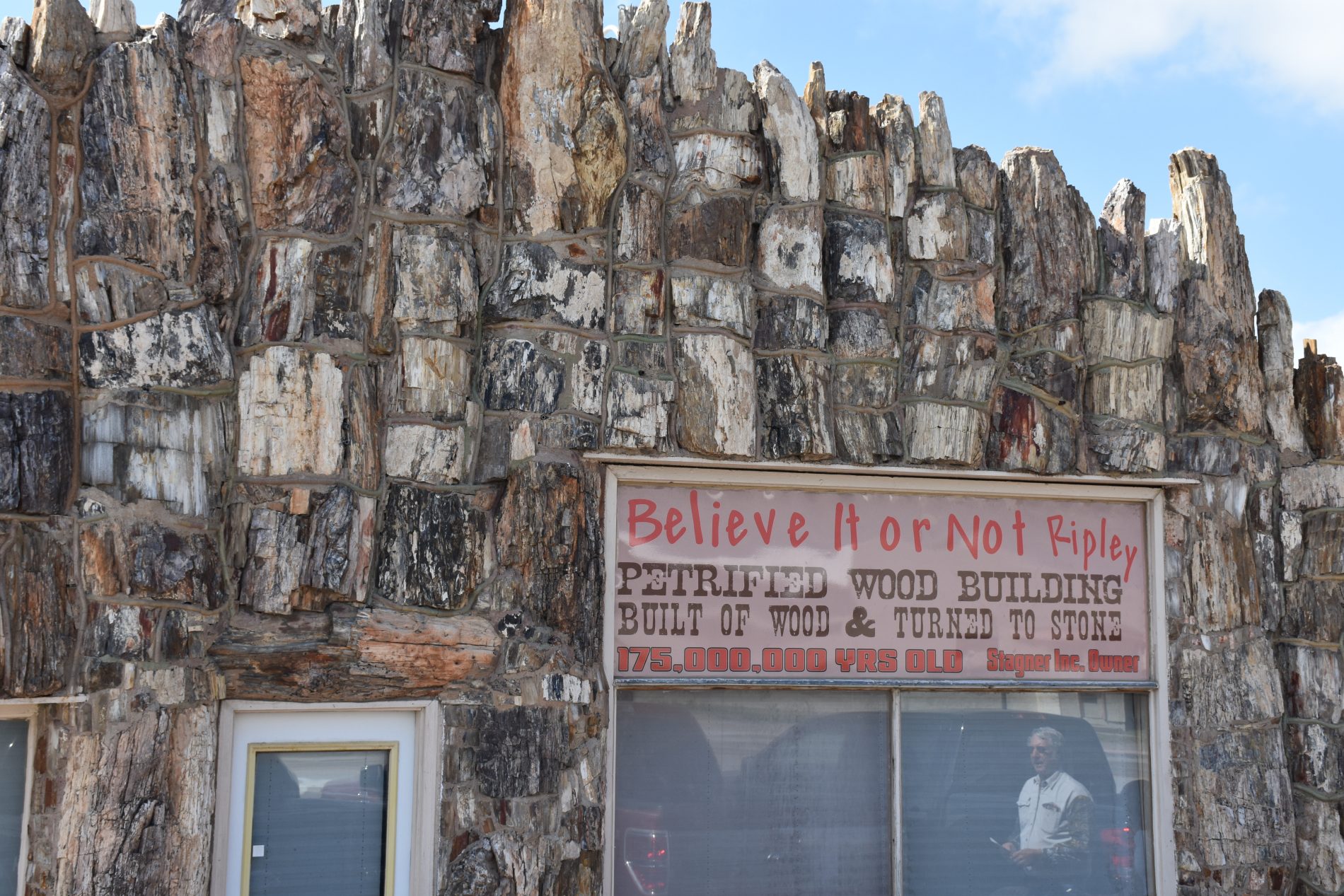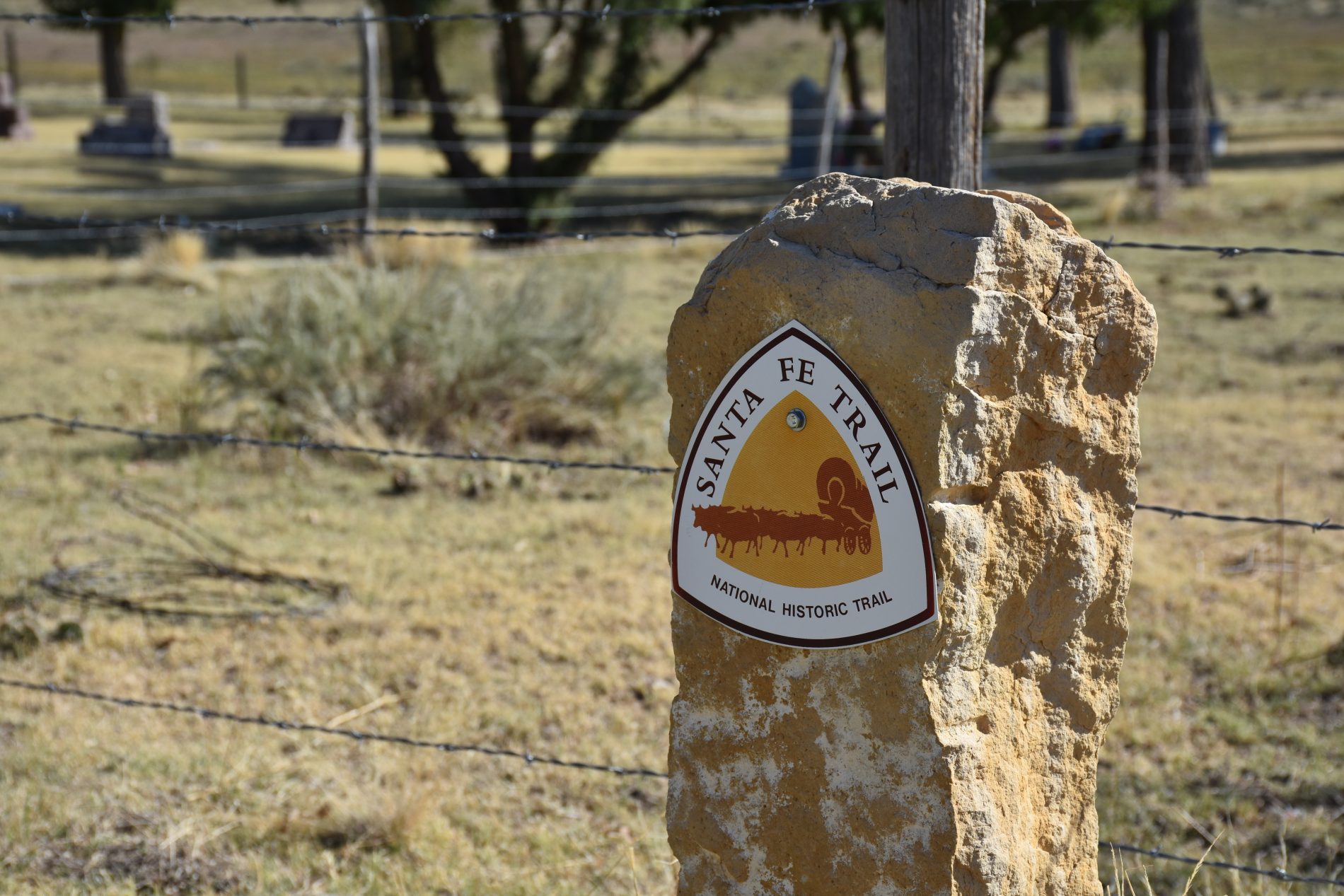The History of Agriculture on the Great High Prairie
Prowers County, the main county on the Great High Prairie, was formed in 1889 and named after John W. Prowers, an early rancher in the area.
Colorado Mills
Colorado Mills is an environmentally-friendly, zero-waste, full-cycle company dedicated to connecting farmers and customers with their sunflower products.
Bent‘s Old Fort
Bent’s Old Fort is considered one of Colorado’s most significant historic sites where visitors can step into the past and experience a time capsule of frontier life and fort guides, outfitted in 19th-century clothing, tell the important story of this crossroads of culture.
Pike’s Tower
Forty-foot-tall Pike’s Tower is located in the eastern section of Willow Creek Park and was developed in 1933 as Colorado's first Works Progress Administration (WPA) depression-era work project in Lamar.
Great High Prairie Wind Power Projects
What better place to harvest the wind than the windy prairies of southeastern Colorado? Dotted over the years by a variety of historic water-pumping windmills, the area now blends its historic past with a progressive future.
Bent’s New Fort
Bent’s New Fort, built by William Bent from 1849 to 1853, lies 30 miles east of the original Bent’s Old Fort on a bluff overlooking the Arkansas River.
Madonna of the Trail Monument
The Madonna of the Trail Monument in Lamar is just one of 12 similar monuments nationwide celebrating the pioneer mothers of the covered wagon days on the Santa Fe Trail.
Santa Fe “Prairie” Engine 1819
The 1819 “Prairie” Engine that sits in front of the Colorado Welcome Center was forged by Philadelphia-based Baldwin Locomotive Works for the Atchison, Topeka & Santa Fe Railway.
Petrified Wood Building
The Petrified Wood Building was built in 1932 by William “Bill” Brown. Constructed of petrified wood found three miles northwest of Two Buttes Mountain, it was once touted as “the oldest working gas station in the world, at over 175,000,000 years old.”
The Historic Santa Fe Trail
For 59 years, the Santa Fe Trail was one thread in a web of international trade routes, influencing economies as far away as New York, London, and Mexico.



